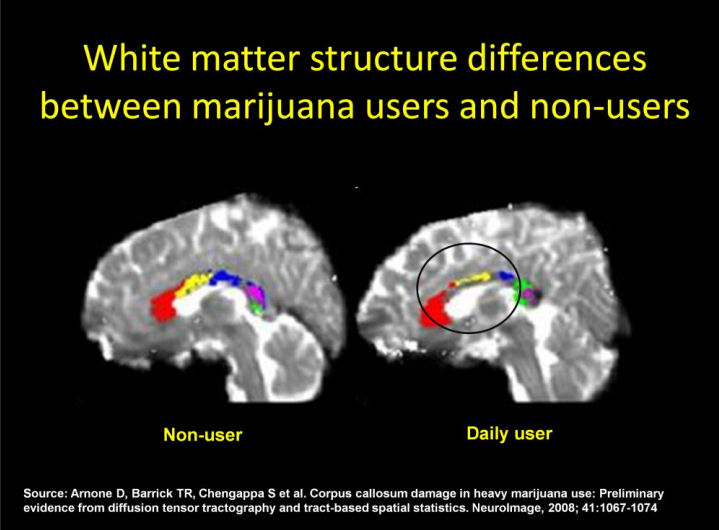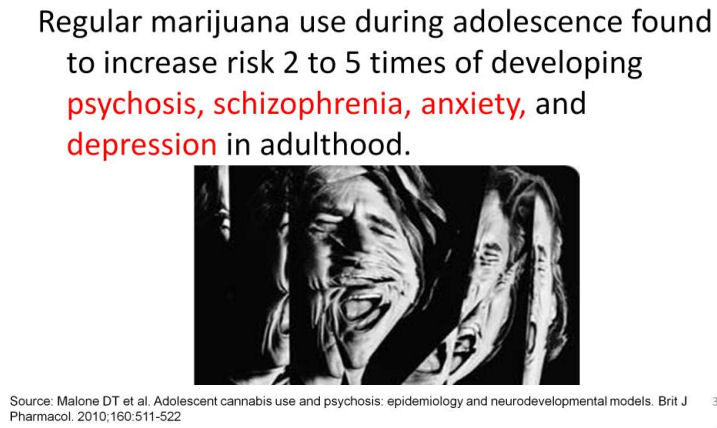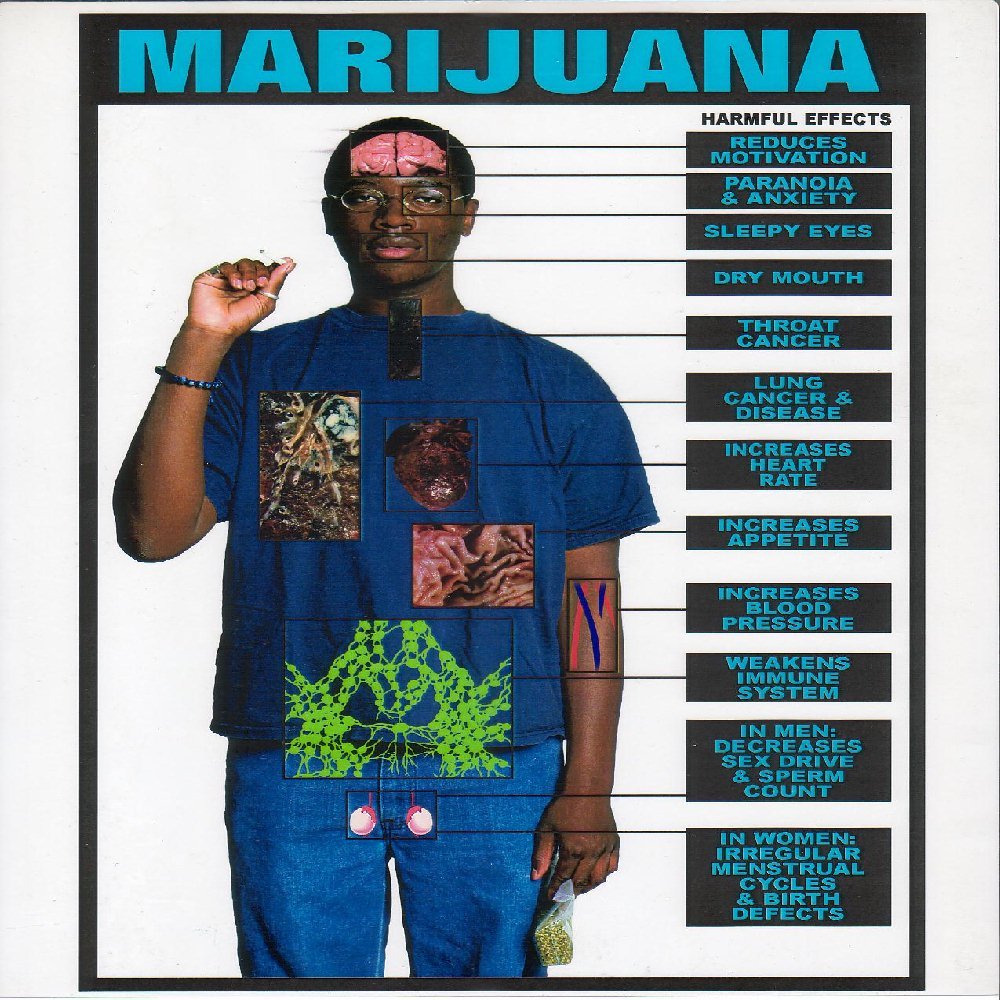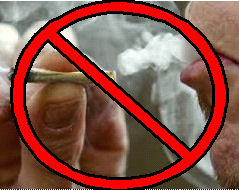Health Issues
Using marijuana is harmless. MYTH
Adolescent's Brain Development & Use
Facts for Families
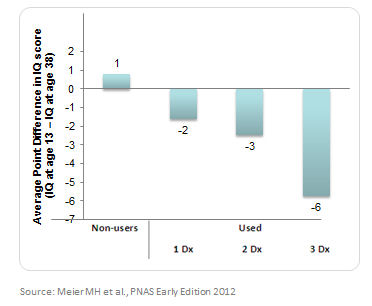 |
Persistent Cannabis Users Show A Significant IQ Drop between Childhood and Midlife
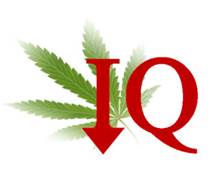 |
|
|
This slide shows the results of one such study. These are MRI scans of the corpus callosum, the bundle of fibers connecting the two brain hemispheres, allowing the two hemispheres to communicate and work in a coordinated way. Young adult males who smoked marijuana daily (and started at an average age of 15 yrs) were scanned along with age-matched on-users. All had low levels of alcohol use. The different regions of the corpus callosum fibers are shown in bright colors on these two scans. The circled area on the scan of the daily user (right) shows thinner corpus callosum fibers than the scan of the non-user (left), indicating that there are white matter integrity issues for the daily user. Poorer communication across different parts of the brain that need to work together for proper cognitive function may be one cause of cognitive disorders such as schizophrenia. |
|
Click on photo for section on PowerPoint section on Mental Health. |
|
Short-Term Affects:
|
In 2012, THC concentrations in marijuana averaged nearly 15 percent, compared to around 4 percent in the 1980s. This is based on analyses of marijuana samples confiscated by law enforcement agencies. So what does this actually mean?
|
| Information from the Center for Substance Abuse Research |

